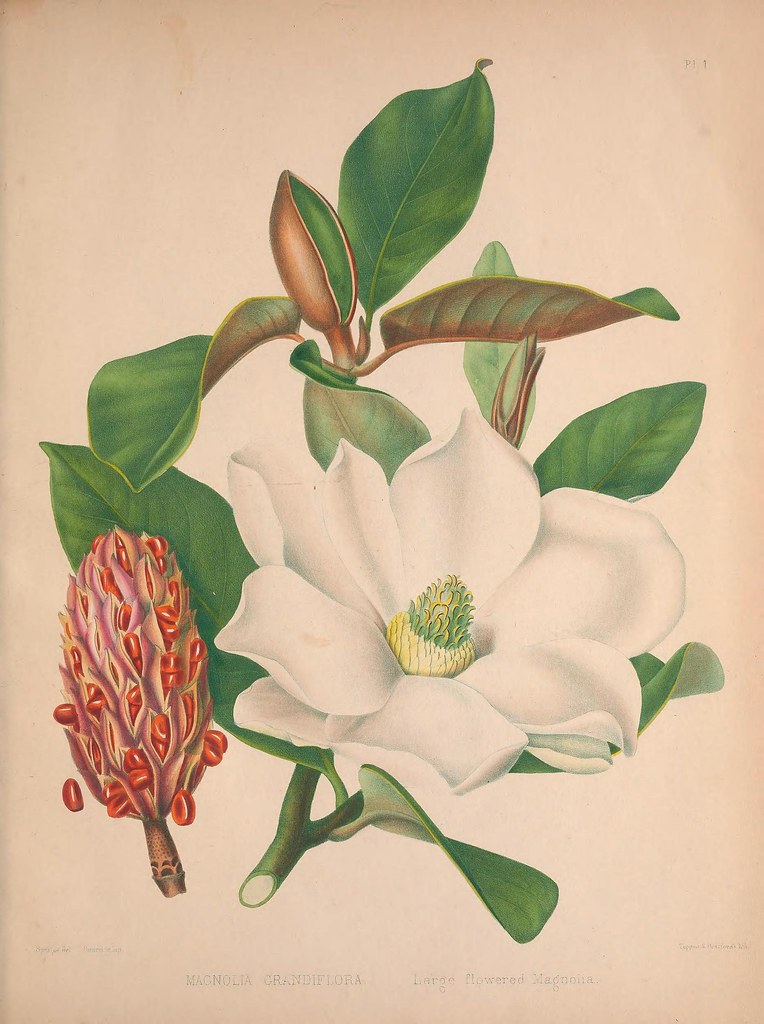#southern magnolia
Text


presenting: magnolia & goldenrod button down 🪲
with bonus blank cotton twill jacket! cant wait to show you guys the matching embroidery that will be going on it.
button downs are coming this spring! shop
#botanical#artist brand#idie fashion#nature fashion#cottagecore#goblincore#goldenrod#stag beetle#magnolia#southern magnolia
488 notes
·
View notes
Photo

Southern magnolia fruiting body (Magnolia grandiflora), Sierra Vista, Arizona.
157 notes
·
View notes
Text

Magnolia grandiflora / Southern Magnolia at the North Carolina Botanical Gardens at the University of North Carolina at Chapel Hill in Chapel Hill, NC
#Magnolia grandiflora#Magnolia#Southern Magnolia#Bull bay#Native plants#Native flowers#Nature photography#photographers on tumblr#Flowers#North Carolina Botanical Gardens#UNC#UNC-Chapel Hill#Chapel hill#Chapel hill NC#North Carolina
7 notes
·
View notes
Text
southern magnola so old its bark's getting craggly.
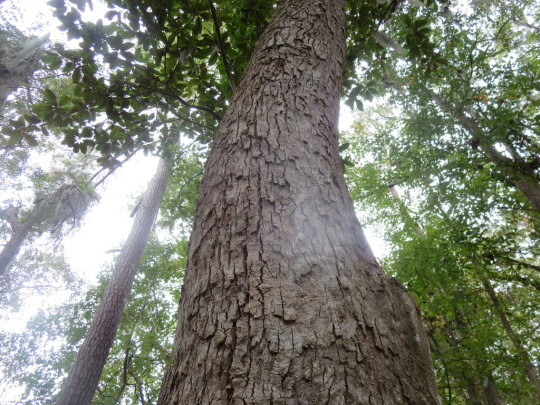
[ID: A photo looking up the trunk of an old southern magnolia tree, whose grey trunk is cracked and flaky rather than smooth, with sunlight turning the sky behind the leaves white and causing a small lens flare. End ID.]
this photo is public domain because I hate capitalism. Here's the HD version on Pexels. feel free to tip so I can buy groceries, paypal is "Rjalker"
4 notes
·
View notes
Text
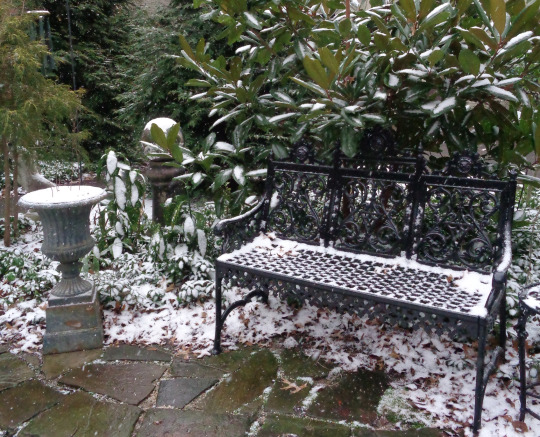
January 13, 2024 Lots of snow, wind, starlings and other hungy birds today.
2 notes
·
View notes
Text

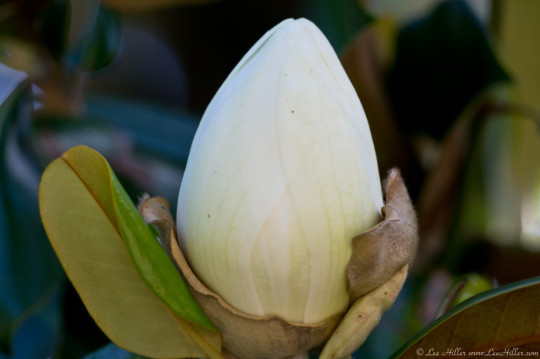
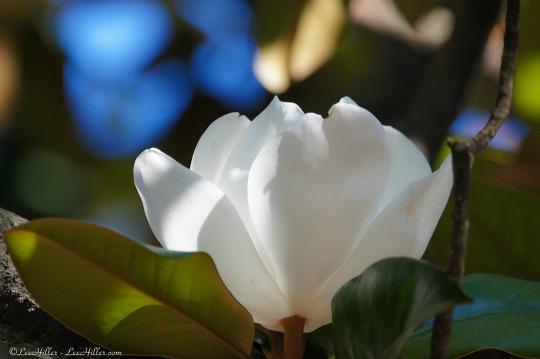
Slowly the Universe releases the secrets hidden within each Soul. ~ @leehiller
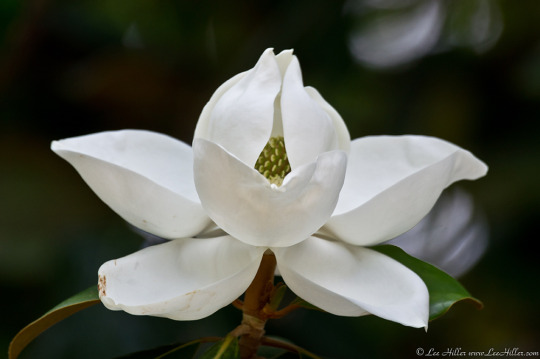
#magnolia#southern magnolia#magnolia blossom#blossom#quoteoftheday#quotes#nature photography#nature lovers#hike our planet#meditation#beautiful words
18 notes
·
View notes
Video
n10_w1150 by Biodiversity Heritage Library
Via Flickr:
Plates prepared between the years 1849 and 1859, to accompany a report on the forest trees of North America Washington,Smithsonian Institution,1891. biodiversitylibrary.org/page/46924238
#North America#Trees#Smithsonian Libraries#bhl:page=46924238#dc:identifier=https://biodiversitylibrary.org/page/46924238#Magnolia#flickr#botanical illustration#scientific illustration#magnolia grandiflora#Southern magnolia#bull bay
2 notes
·
View notes
Text

#photo by the2amrevolution#magnolia#magnolia grandiflora#Southern magnolia#flowers#trees#plants#native plants
3 notes
·
View notes
Photo
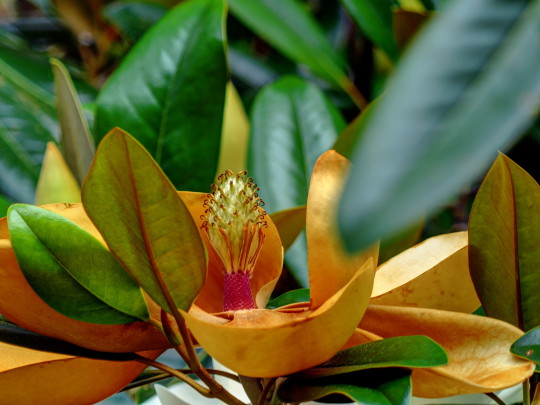
がつちりと...
#plants#flowers#泰山木#タイサンボク#southern magnolia#HDRI#high dynamic range#マクロ#macro#新宿御苑#Shinjuku Gyoen National Garden#tokyo#写真#photography#OLYMPUS#OM-D E-M5 Mark Ⅱ#M.ZUIKO DIGITAL#ED 100-400mm F5.0-6.3 IS#2x Teleconverter MC-20#Velbon#ultra stick super 8#Manfrotto#234RC swivel tilt head#photographers on tumblr
2 notes
·
View notes
Text
Six on Saturday 04/20/2024
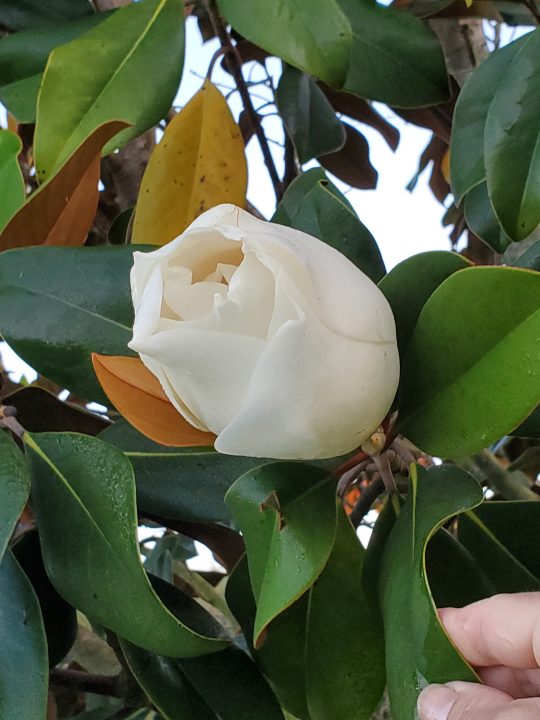
View On WordPress
#butterfly ginger#gardenia Veitchii#gladiolus#Magnolia grandiflora DD Blanchard#opening night rose#plumeria#six of saturday#six of saturday 04/20/2024#southern magnolia
0 notes
Text
Large Trees for Large Zone 7 Landscapes
Need help choosing a massive tree species for your large landscape? Knowing which tree species grow to larger proportions will help you fill vast areas of your landscape with shaded recreational areas.

thetreecareguide.com gathered species, planting, and care information for some of the more massive trees hardy to large zone 7 landscapes.
1. Weeping Willow (Salix babylonica)
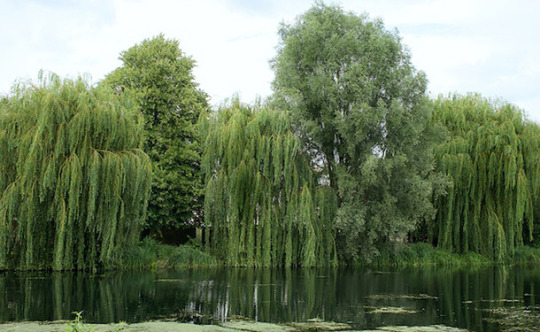
Weeping willows are recognized for their long, drooping branches and delicate leaves. They are typically found near fresh-water sources, as they have a strong affinity for moisture and thrive in damp soil. The weeping willow’s growth rate is fast, with new growth appearing each year. They can reach a mature size of 40 to 50 feet in height and spread, with a broad canopy that provides significant shade.
Weeping willows are hardy in USDA zones 6 through 8 and are easy to care for. They require consistent moisture to thrive, so they should be watered regularly. This tree species benefits from fertilization in the spring and pruning in the winter to maintain shape and encourage healthy growth. The weeping willow is a stunning addition to any large landscape and offer a peaceful, calming presence with their gentle sway in the breeze.
2. Ginkgo Biloba (Ginkgo biloba)
Ginkgo Biloba trees or Maidenhair trees are a unique and ancient species that can live for over a thousand years. They are easily recognized by their fan-shaped leaves turning bright yellow in the fall. These trees have a moderate growth rate and can reach a mature size of 80 feet high and a 50-foot spread. They are hardy in USDA zones 3 through 8 and are tolerant of various soil types as long as they are well-drained.
Ginkgo Biloba trees require minimal care and maintenance, ideal for low-maintenance landscapes. They prefer full sun to partial shade and should be watered regularly. They do not require fertilization, but occasional pruning will help maintain their shape and promote healthy growth. Ginkgo Biloba trees are prized for their medicinal properties (the foliage is believed to have beneficial effects on memory and cognition).
3. American Beech (Fagus grandifolia)
American Beech trees are a beautiful and stately deciduous species native to eastern North America. They have a slow to moderate growth rate and can reach a mature size of 70 to 80 feet in height and spread. They are hardy in USDA zones 3 through 9 and prefer well-drained soil rich in organic matter.
Beech trees need minimal care and maintenance once established. They prefer partial shade to full sun and should be watered regularly. They thrive from an annual compost application around the tree’s base. Pruning is typically only necessary to remove dead or diseased branches. Beech trees are highly valued for their attractive foliage, which turns a golden brown in the fall. They are also an important food source for birds and small mammals.
4. Southern Magnolia (Magnolia grandiflora)
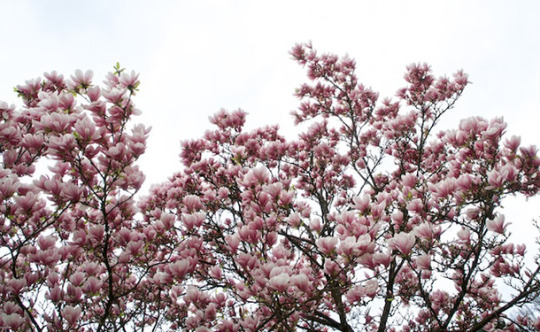
Magnolia Grandiflora trees or Bull Bay are a stunning evergreen species native to the southeastern United States. They are known for their immense, fragrant white flowers blooming in the summer and their glossy, leathery leaves remaining green year-round. They have a moderate growth rate and can reach 60 to 80 feet in height and spread at maturity. They are hardy in USDA zones 7 through 9 and prefer well-drained soil rich in organic matter.
Magnolia Grandiflora trees require minimal care and maintenance once established. They prefer full sun to partial shade and should be watered regularly. They do not require fertilization, but occasional pruning will help maintain their shape and promote healthy new growth. Magnolia Grandiflora trees are highly valued for their ornamental beauty and are often used as specimen trees in landscaping.
5. Black Walnut (Juglans nigra)
[caption id="attachment_693" align="aligncenter" width="610"]

Photo by Sue Lowndes[/caption]
Black walnut trees, or Juglans nigra, are a large and long-lived species native to eastern North America. They are known for their valuable wood and edible nuts, which have a distinctly rich buttery flavor. They have a moderate to fast growth rate and can reach 70 to 100 feet with a 50 to 75-foot spread at maturity. They are hardy in USDA zones 4 through 9 and prefer well-drained, moderately fertile soil.
Black walnut trees require minimal care and maintenance once established. This tree species prefers full sun to partial shade and should be watered regularly. They benefit from an annual compost or organic fertilizer application around the tree’s base. Pruning is typically only necessary for dead or diseased branch removal. Black walnut trees are highly valued for their wood, used for furniture, flooring, and other applications.
Large Trees for Vast Landscapes
In this article, you discovered species, growing, and care information for some of Zone 7’s largest tree varieties for your vast, empty landscape.
Identifying larger trees to help you add dimension and interest to your landscape will give you more shaded areas and potentially increase your home’s curb appeal.
Without larger trees in your landscape, you will have excess barren areas unprotected from the sun’s harsh rays and violent weather.
Sources:
trees.umn.edu/weeping-willow-salix-alba
snr.unl.edu/data/trees/identification/basictree.aspx?sid=65
uky.edu/hort/American-Beech
plants.ces.ncsu.edu/plants/magnolia-grandiflora/
nfs.unl.edu/woody-plants/black-walnut
For the original version of this article visit: https://www.thetreecareguide.com/large-trees-for-zone-7-landscapes/
0 notes
Text
Magnolia Grandiflora

Magnolia Grandiflora blooming in the Flower Dome. Photo credit: Eleanor Chua.
This blooming flower was happily at our level. A stop of underexposure was used here to keep the white flowers from clipping and also to tone down the surrounding foliage.
#flora photography#flower pics#fujifilm hs50exr#fujifilm photography#magnolia grandiflora#magnolia photos#photography tips#southern magnolia#photographers on tumblr
1 note
·
View note
Text
southern magnolia seed pods, ripe and still growing

[ID: A zoomed in photo of a southern magnolia tree, showing two seed pods, one ripe, with bright red seeds hanging out the sides, and one still closed, covered in pale green, fuzzy scales with faint orange tips. The leaves of the tree are dark and waxy, shining in the sun. End ID.]
public domain!
2 notes
·
View notes
Text
September 12, 2023 S. Magnolia Bracken Brown Beauty

0 notes
Text

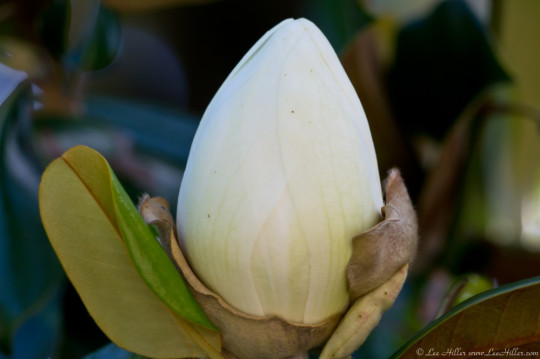

Magnolia egg hatching and blossoming in Hot Springs National Park
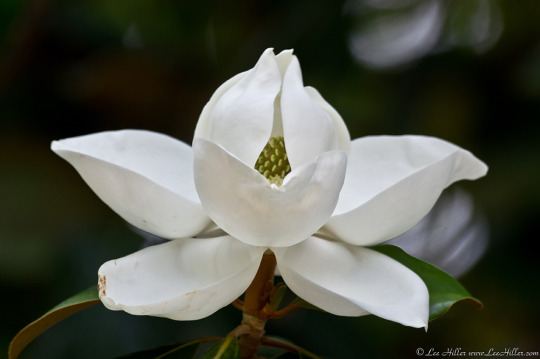
#magnolia#blossom#nature photography#southern magnolia#nature#nature lovers#national park#hotsprings
3 notes
·
View notes

